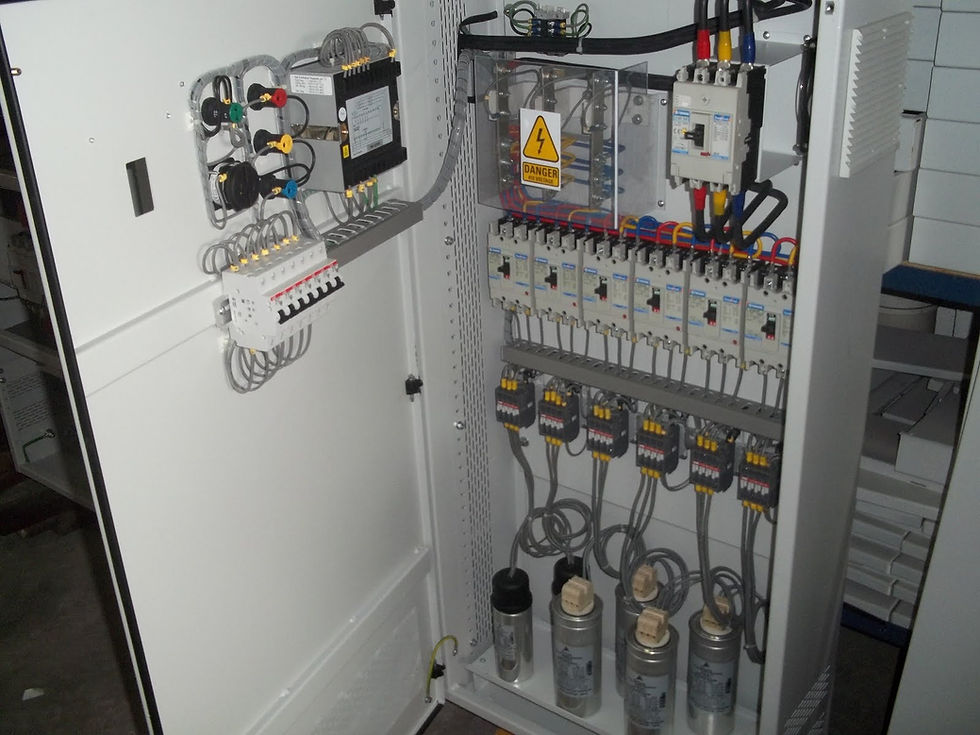Fundamentals of Automation Technology by FESTO
- Hüseyin GÜZEL

- Feb 22, 2022
- 2 min read
Automation Technology
Automation technology is a crossover discipline that uses knowledge and scientific methods from mechanical, electrical, production and structural engineering and numerous other technical sciences. According to DIN 19223, an automatic machine is an artificial system that makes decisions based on the linking of inputs with the respective states of the system. These decisions then produce very specific desired outputs.

Three components are needed to realise modern automatic processes:
Sensors to detect the system states,
Actuators to output the control commands,
Controllers for the program flow and to make decisions.
Calculations and Simulation
Calculations for sizing components are one of the most important steps in the entire development process. In many cases, detailed proofs of strength are formally required by law (e.g. when building houses or airplanes) to avert the dangers caused by undersized machines.
!!! Generally, calculations are frequently required to ensure the operability of the machines under all circumstances. Examples of this are the calculation of forces and torques for sizing drives or the calculation of current intensities for sizing power lines. Closely related to the topic of calculation is the use of simulation.
Engineers try, wherever possible, to test and optimise their solutions via simulation before a (costly) prototype is built.
Book Contents:
How do engineers work? (technical drawings, circuit diagrams, flow charts and programs, calculations, simulation etc.)
Automation technology as a part of engineering sciences (effects of automation on people, development miliestones etc.)
Fundamentals of electrical engineering (dc and ac, electric resistance, ohm’s law, solenoid, capacitor, relays, contactors etc.)
Sensors (proximity, magnetic, electronic, inductive, capacitor sensors etc.)
Fundamentals of pneumatics (basic units, newton’s law, pressure, boyle’s law, gay-Lussac’s law, pneumatic control system etc.)
Electric drives (dc motor, activating dc motors, solenoids as simple actuators)
Fundamentals of control technology (how plc work, structure, basic logic functions, examples of controller structure etc.)
Applications of relays in electro pneumatics (direct and indirect control using relays and single-acting cylinder, delay circuits etc.)
Programmable logic controllers (PLCs) (programming a logic control system using a plc, examples, control software eyc.)
Title: | Fundamentals of Automation Technology by FESTO |
Format: | |
Size: | 6.10 MB |
Page: | 106 |
Download: |










Comments